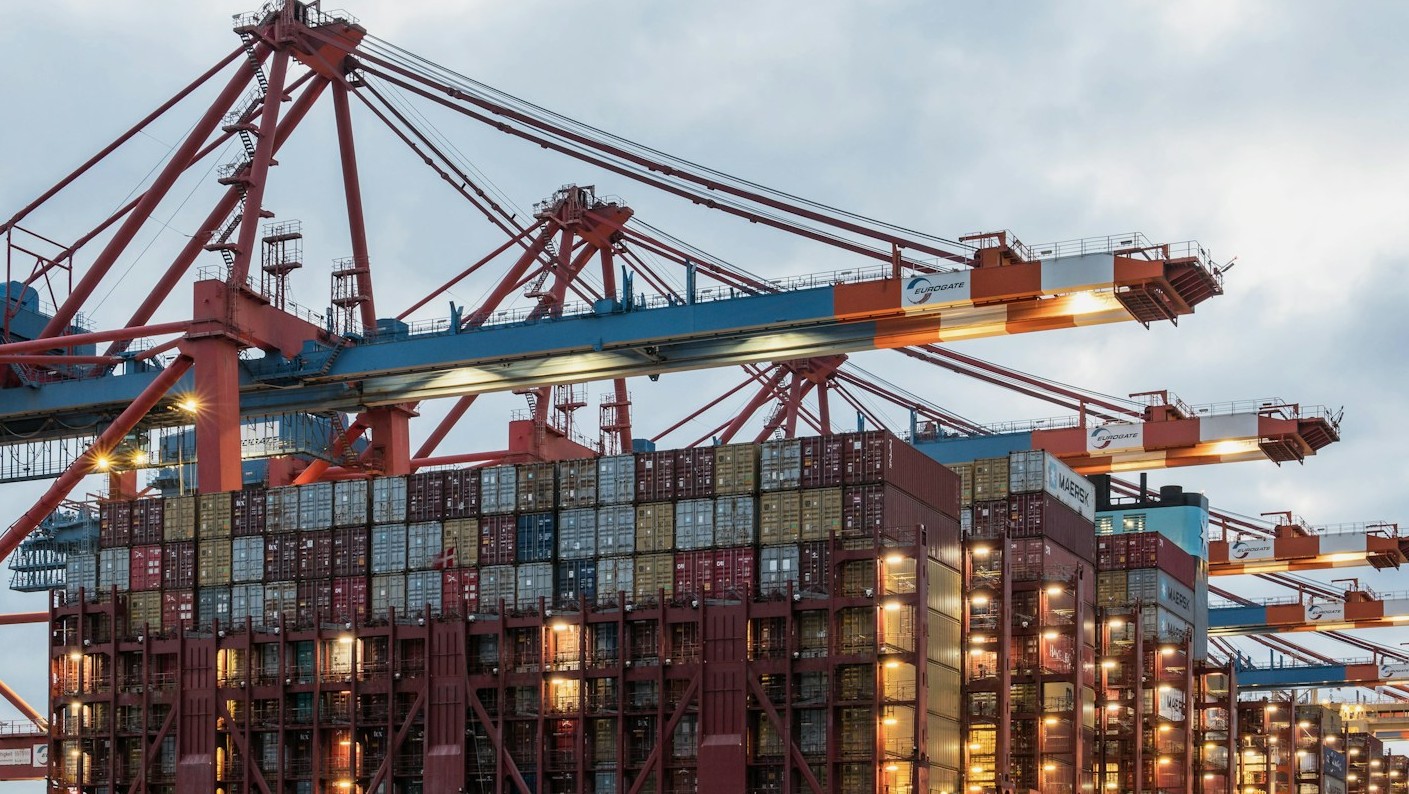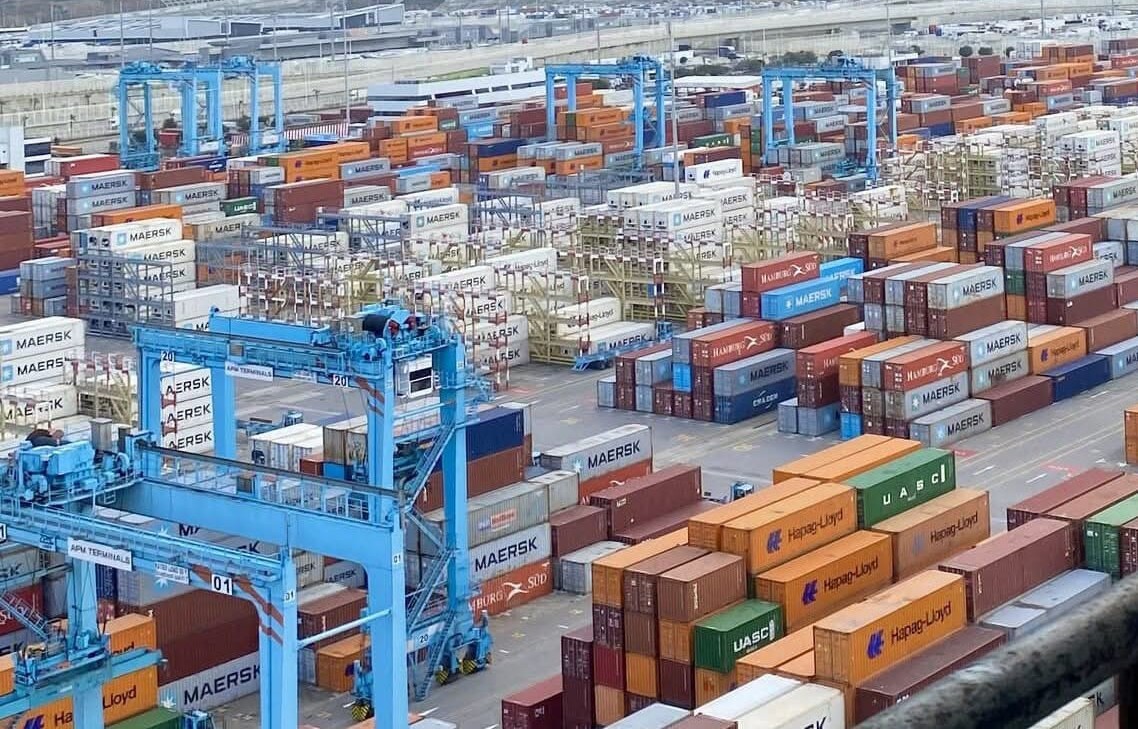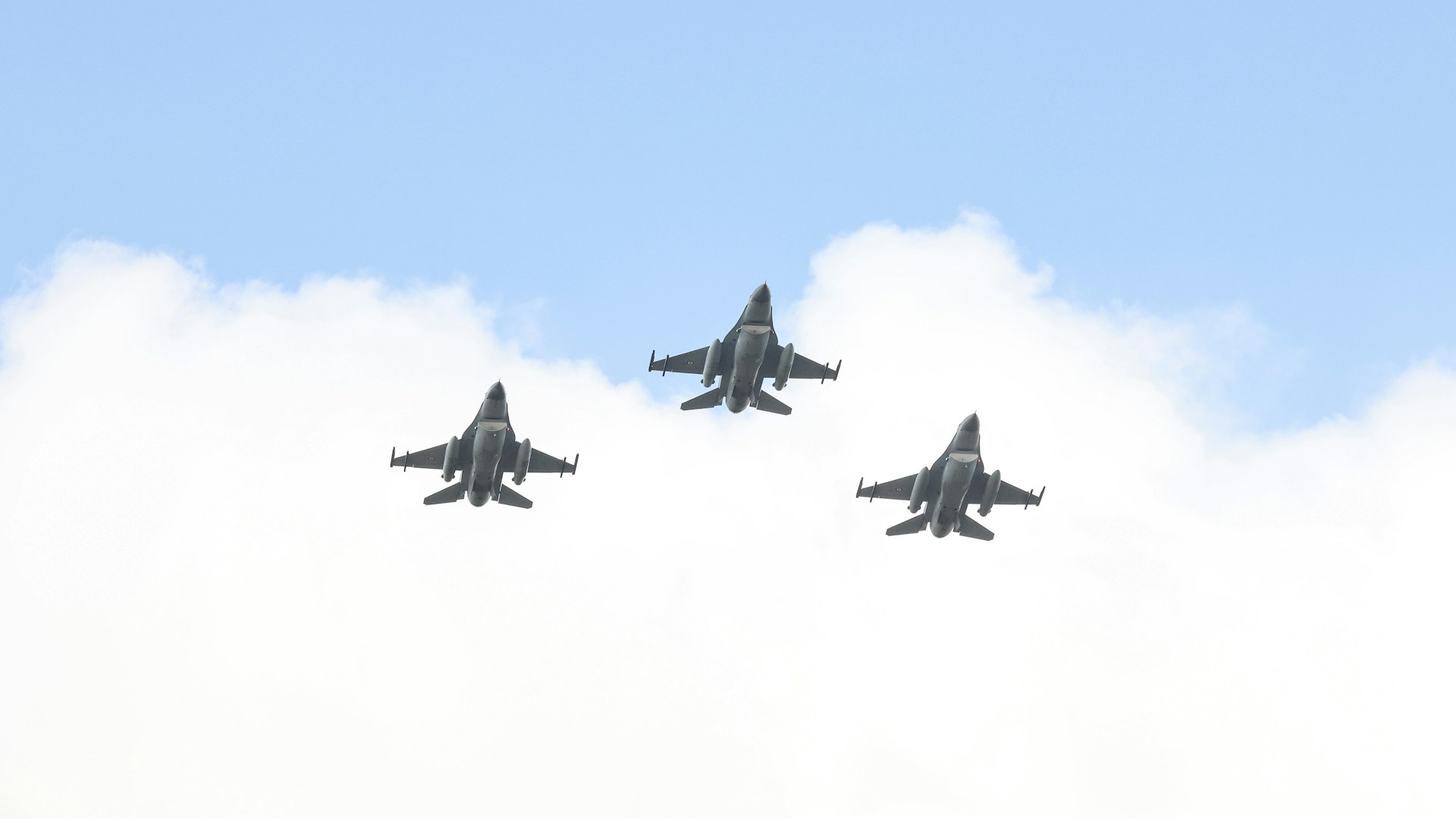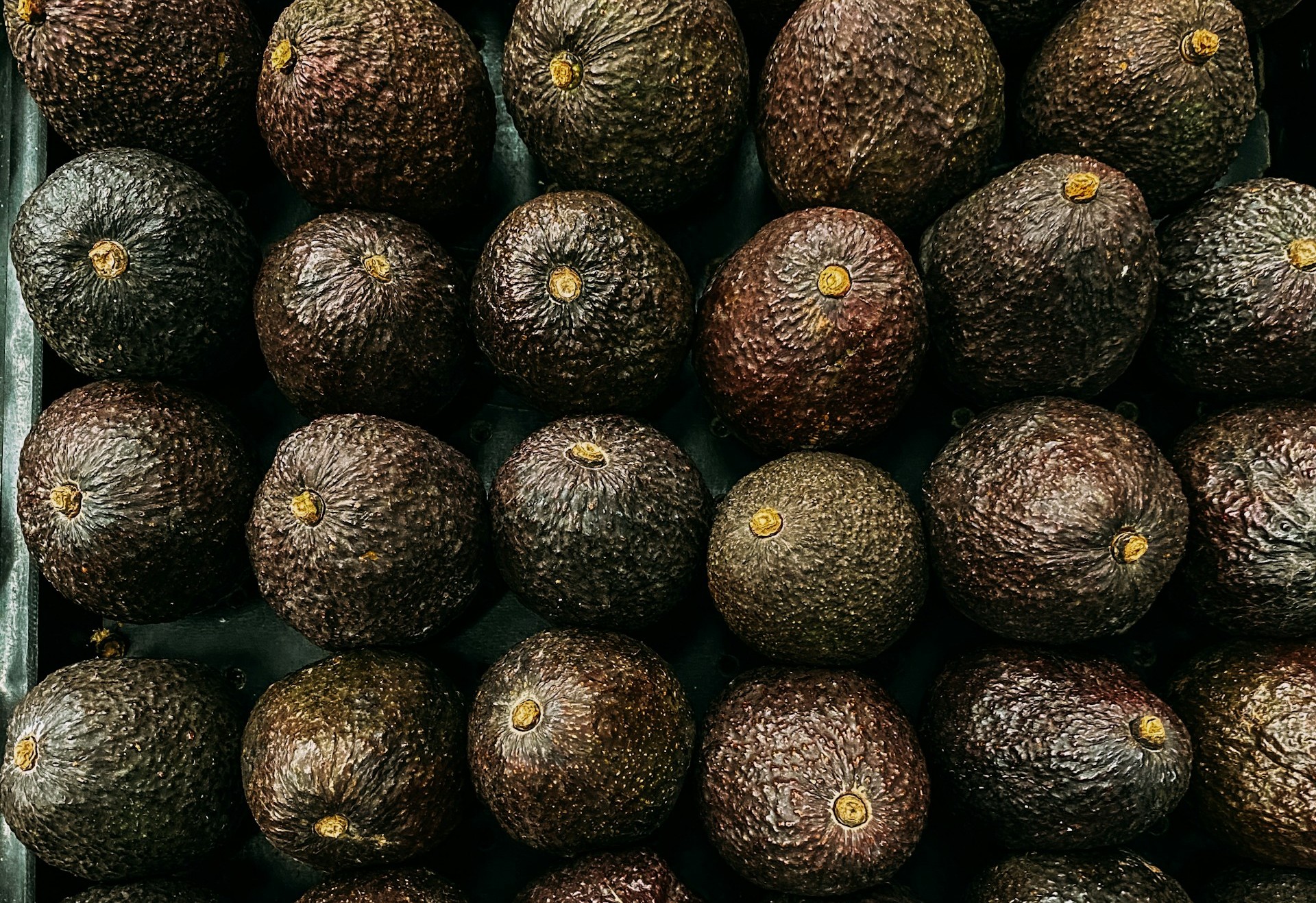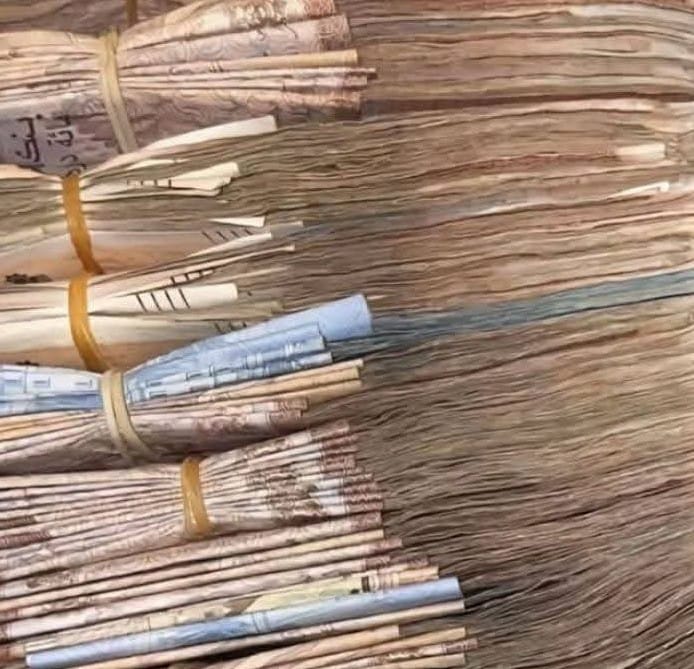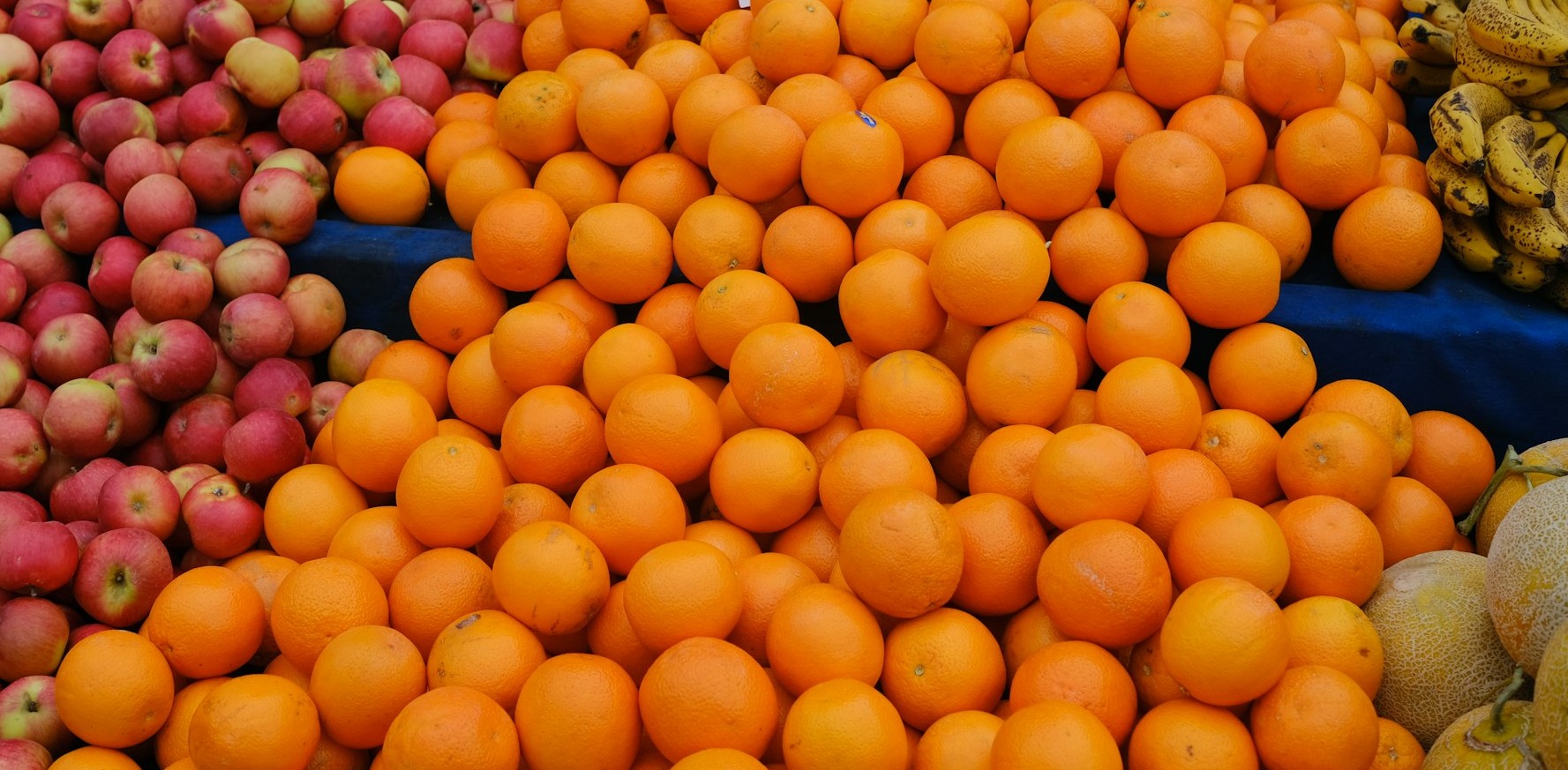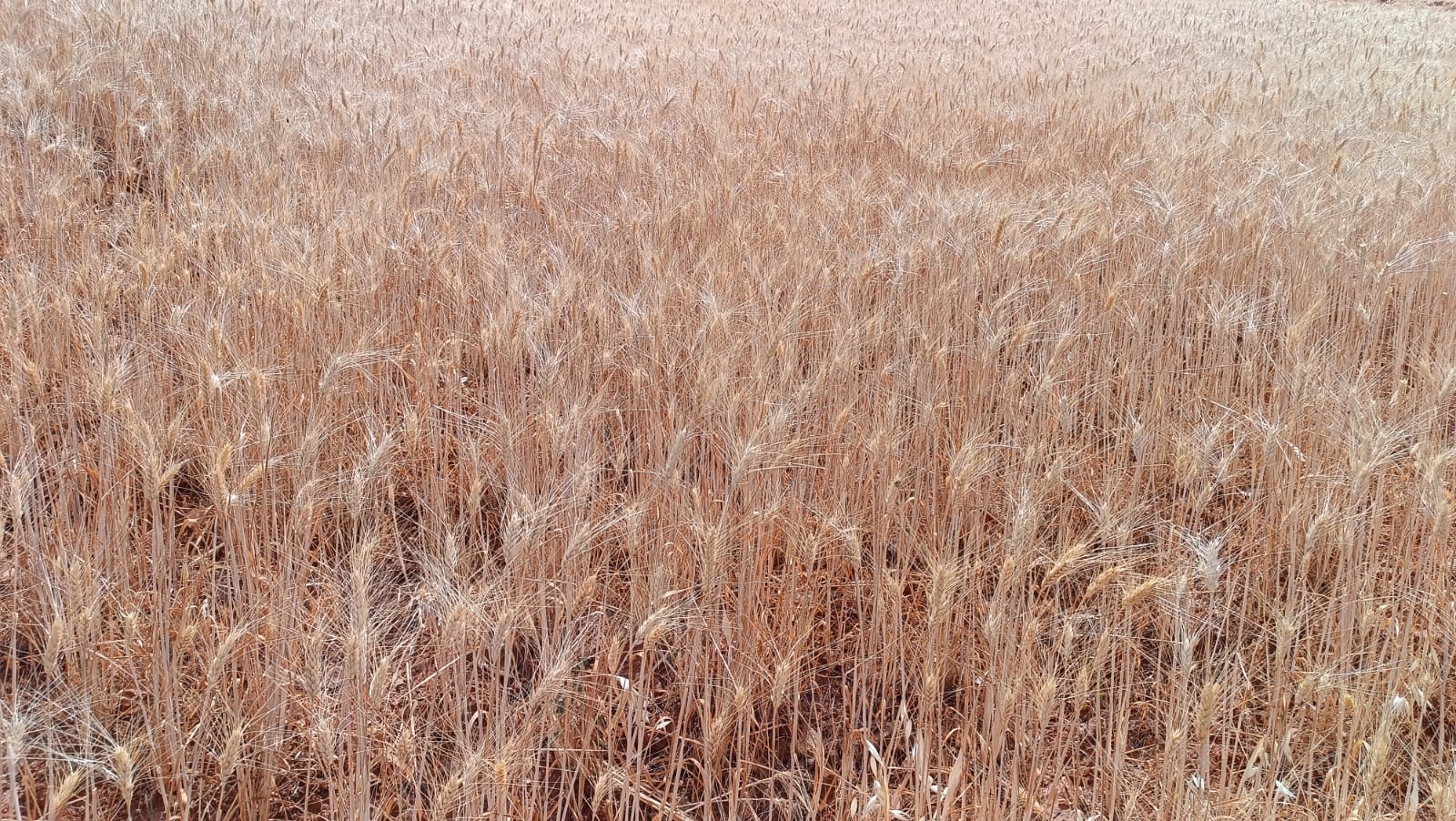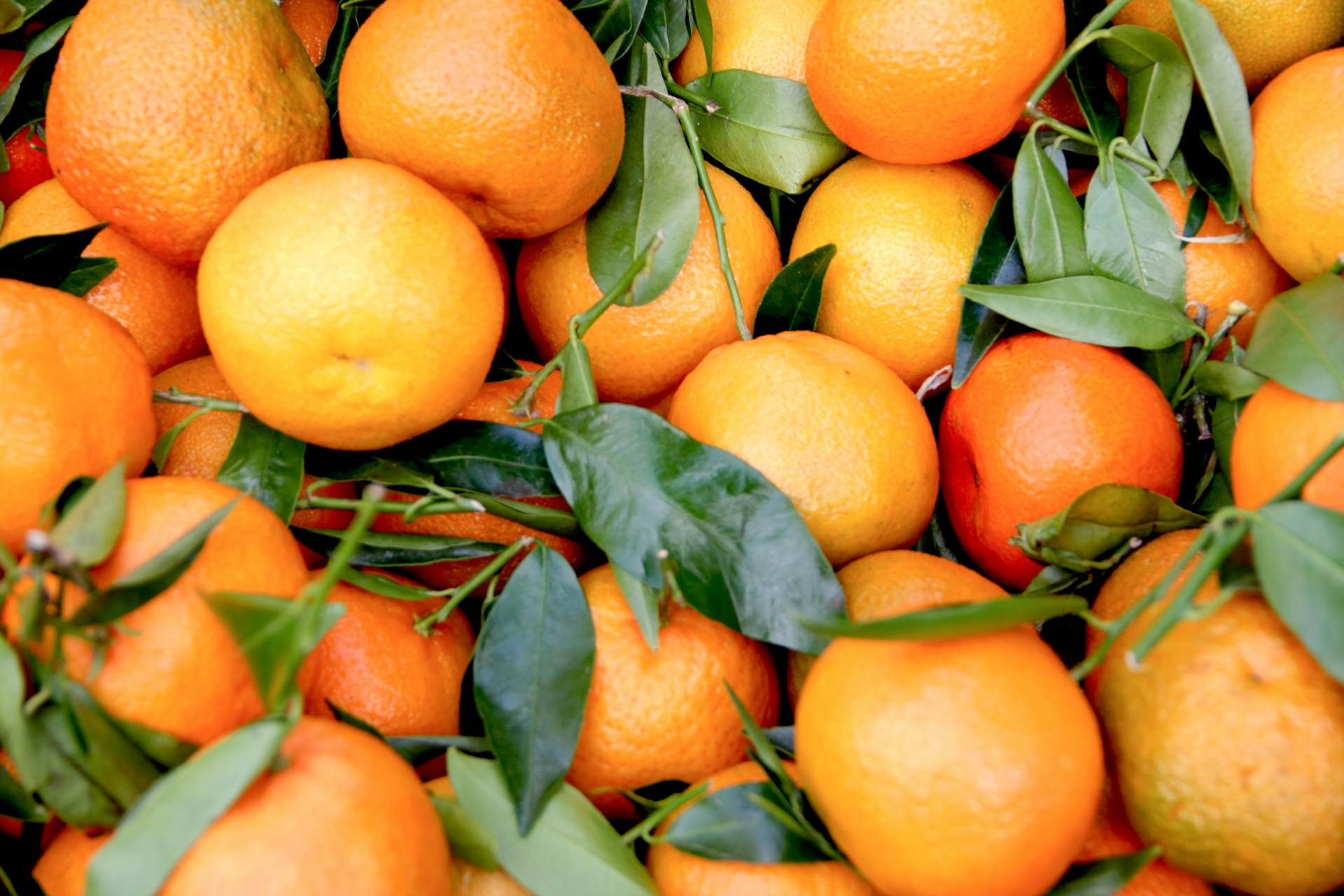Casablanca – Morocco has significantly reshaped its grain import strategy during the 2024/2025 agricultural season, marking a turning point in its sourcing policies. The North African kingdom has more than doubled its imports of Russian wheat, importing approximately 1.113 million tons by the end of June 2025, compared to the previous year’s 480,000 tons. This notable increase positions Russia as one of Morocco’s key grain suppliers and reflects a wider strategy aimed at diversifying import sources amid global market uncertainties.
Russian wheat gains ground in Moroccan market
According to data from Rusagrotrans, a leading Russian agricultural logistics and analytics firm, Russian wheat exports to Morocco increased by over 2.3 times compared to the 2023/2024 season. This significant growth comes as part of a broader pattern in which Russia is consolidating its presence in global wheat markets, with total wheat exports for the 2024/2025 season exceeding 42 million tons by the end of June — the third-highest level in the country’s history.
While Egypt remained the top importer of Russian wheat, receiving over 8.06 million tons, and Turkey and Bangladesh followed with 3.05 million and 2.82 million tons respectively, Morocco’s rising imports reflect a strategic shift in trade preferences. Countries such as Iran and Saudi Arabia have in contrast significantly reduced their purchases of Russian wheat during the same period.
Strategic motives behind Morocco’s diversification
Several interrelated factors are driving Morocco to diversify its grain suppliers. The kingdom has traditionally relied heavily on European markets—particularly France and other EU countries—for its wheat needs. However, over the past two years, supply chain disruptions, rising transportation costs, weather-related production shortfalls in Europe, and the impacts of the war in Ukraine have prompted Moroccan authorities to seek alternative and more cost-effective sources.
Russia, with its vast wheat production and competitive pricing, offers a compelling option. Its focus on expanding agricultural exports to non-traditional markets in Africa, Asia, and Latin America aligns with Morocco’s efforts to ensure food security through more stable and diversified import channels.
Moreover, the Moroccan dirham has held relatively stable against the U.S. dollar and other major currencies in recent months, helping to cushion the impact of import costs. The favorable exchange rate has made purchases from Russia—whose wheat is often priced in U.S. dollars or at a discount compared to European benchmarks—more economically viable.
Regional context: A competitive grain market
Across Africa, several countries are shifting their grain procurement strategies in a similar direction. Nigeria, for instance, has tripled its imports of Russian wheat this season, reaching 1.054 million tons, while Libya increased its imports by 10%, and Vietnam more than doubled its purchases.
The data reflect a broader trend in which Russian wheat is penetrating markets once dominated by European and North American producers. Russia’s aggressive pricing, logistical improvements in Black Sea shipping routes, and active diplomatic outreach have all contributed to this transformation.
Meanwhile, traditional importers of Russian grain such as Iran and Saudi Arabia have scaled back their purchases. Iran’s imports fell to 1.076 million tons, down from over 2 million tons the previous season, while Saudi Arabia reduced its intake from 2.031 million to 1.051 million tons. These shifts have opened up space in the Russian supply chain for countries like Morocco to increase their share.
Other cereals also on the rise
In addition to wheat, Russian barley and corn exports are growing steadily, providing Morocco and other importers with further options. According to Rusagrotrans, barley exports during the current season reached 5.006 million tons, an increase of about 1 million tons from the previous year, driven by higher output and more stable pricing. Russian corn exports surpassed 3 million tons, with projections reaching up to 4 million tons for the upcoming season.
While Morocco remains primarily focused on wheat due to domestic consumption patterns, the availability of other grains on the international market could influence future procurement policies, especially as climate variability continues to impact local production.
Morocco’s long-term food security vision
Morocco’s growing reliance on Russian grain should be understood within the broader context of national food security planning. The kingdom has faced recurrent droughts in recent years, leading to reduced domestic cereal harvests and increased pressure on import needs. According to the High Commission for Planning (HCP), cereal production in the 2023/2024 season declined by over 40% compared to the previous year due to insufficient rainfall.
In response, the Moroccan government has been actively seeking to diversify trade partners, reduce overdependence on any single supplier, and leverage global market shifts to secure affordable and stable food supplies. The increased wheat imports from Russia are likely part of this calculated strategy, aimed at reducing vulnerability to global disruptions and strengthening bilateral economic ties beyond traditional Western partners.
As Morocco prepares for the 2025/2026 agricultural season, with Russian wheat exports forecast to reach up to 45 million tons, all indicators suggest that the Russian-Moroccan grain trade will continue to deepen. While challenges remain, including logistics, phytosanitary regulations, and geopolitical considerations, Morocco’s new grain sourcing map demonstrates a growing pragmatism in navigating a complex and volatile global food landscape.
